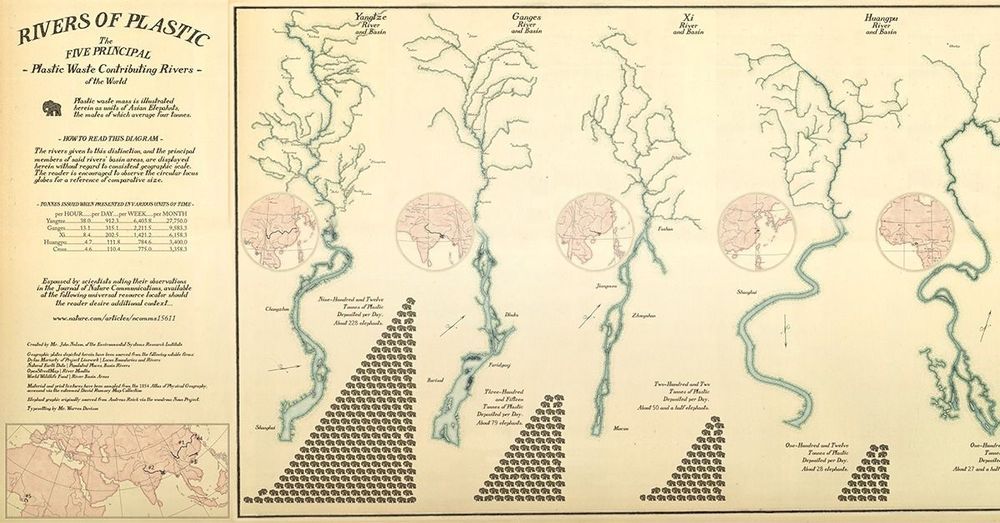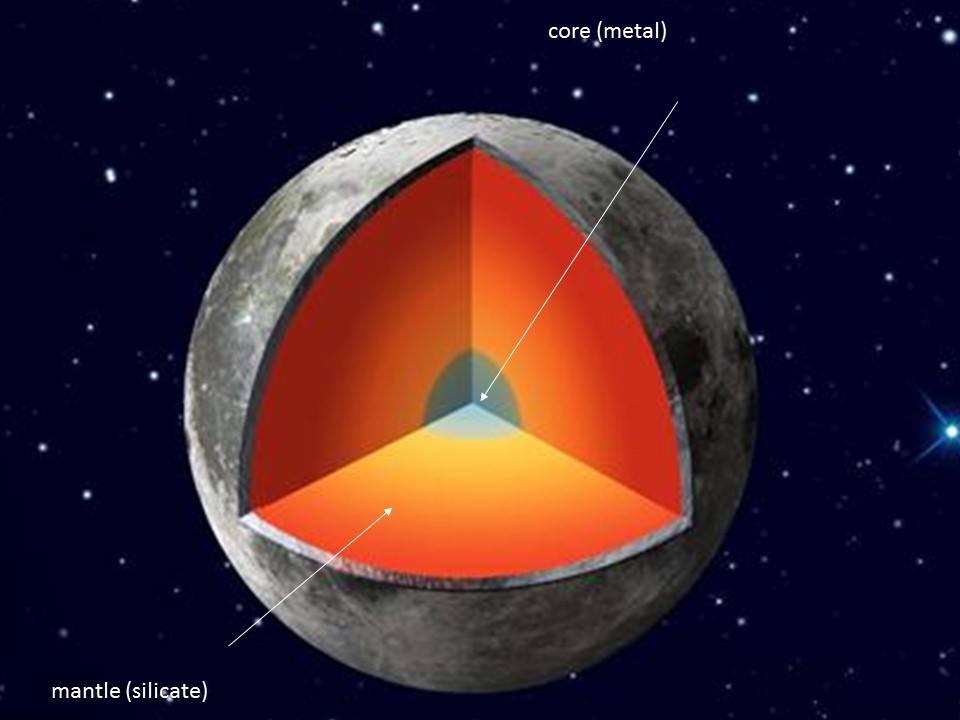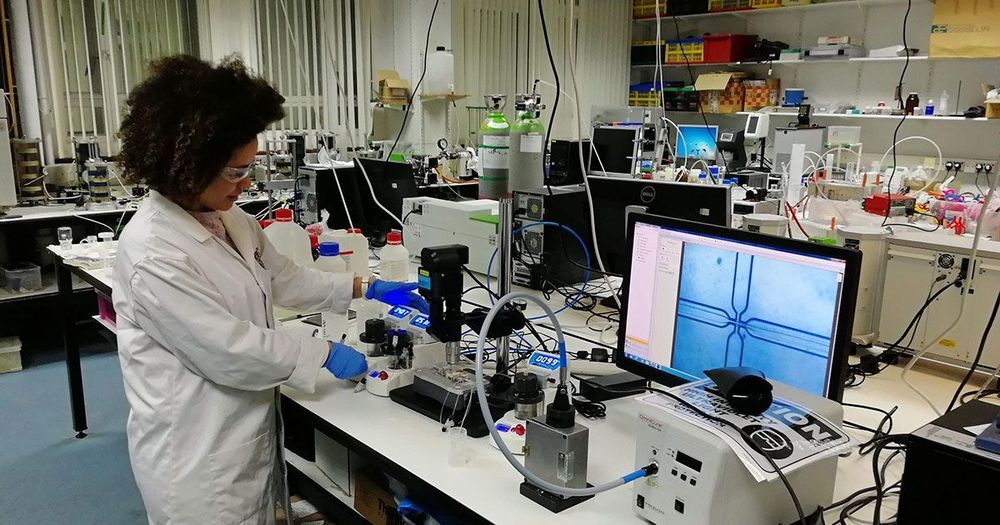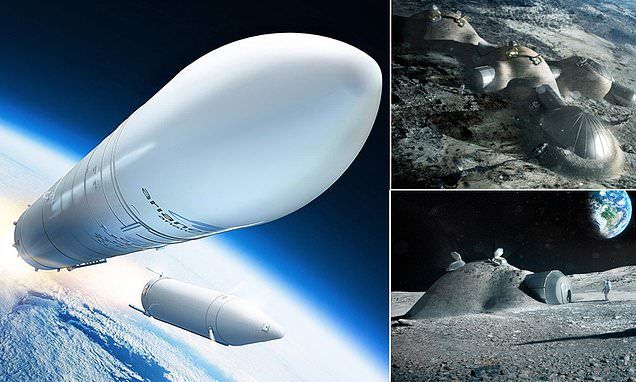
In the search for people working on cheaper supercapacitors, she found herself in the lab of Noureen Siraj, Ph.D., an assistant professor of chemistry at the University of Arkansas, Little Rock. One of Siraj’s students, Samantha Macchi, had already been working on such a project for about a year and a half, figuring out how to make supercapacitor electrodes from common materials like used tea leaves, molasses, and a basic kitchen microwave oven — humble beginnings for a high-tech device. Siraj and Macchi brought Bollimpalli onto the project to learn about the work, which she later presented at ISEF. Meanwhile, Macchi and Siraj published the resulting research in January in the journal Chemistry Select.
Bollimpalli was initially assigned to a different project in the lab, but when she found out about the work on supercapacitors, she asked to switch tasks. Siraj, who is used to having high school students learn about her team’s work, quickly obliged.
“She quickly learned all the protocols, and she actually was able to explain. She brought an understanding that is missing in a lot of the high school students,” Siraj tells Inverse. “She really is good at absorbing the information.” They worked together tirelessly to help Bollimpalli nail the presentation she would later give at ISEF.
Continue reading “An Arkansas Teen Helped Turn Tea Leaves and Molasses Into a Supercapacitor” »








 Saint Jean Carbon
Saint Jean Carbon







